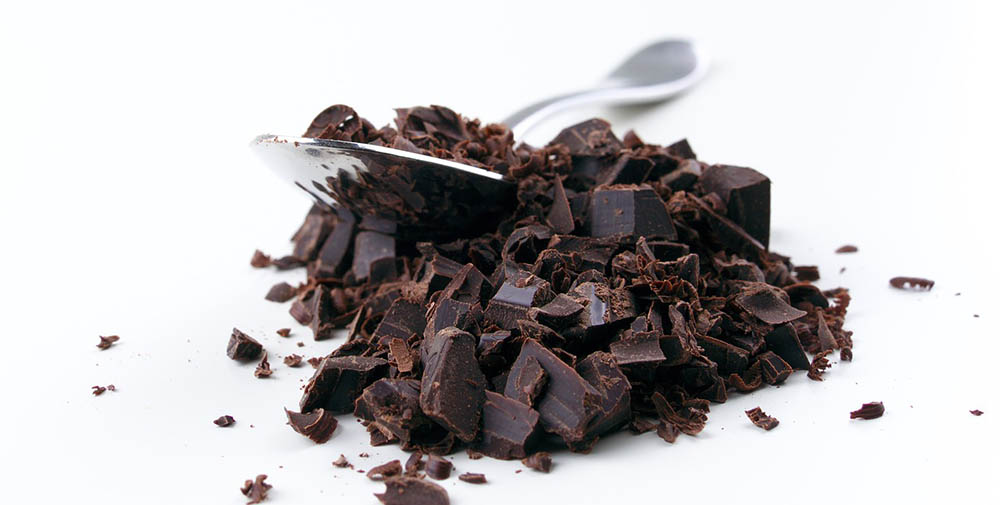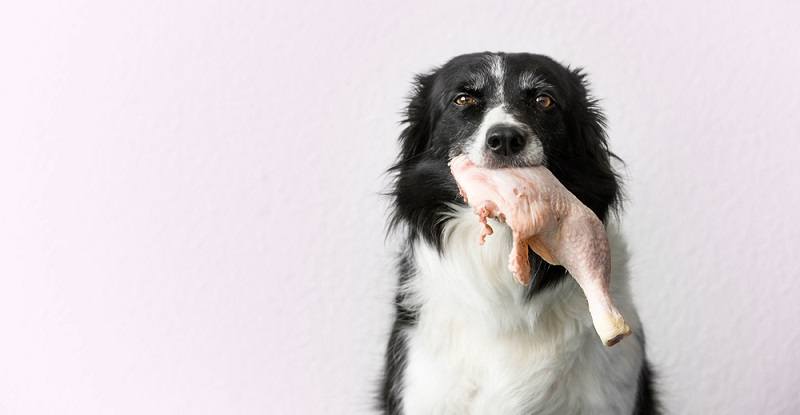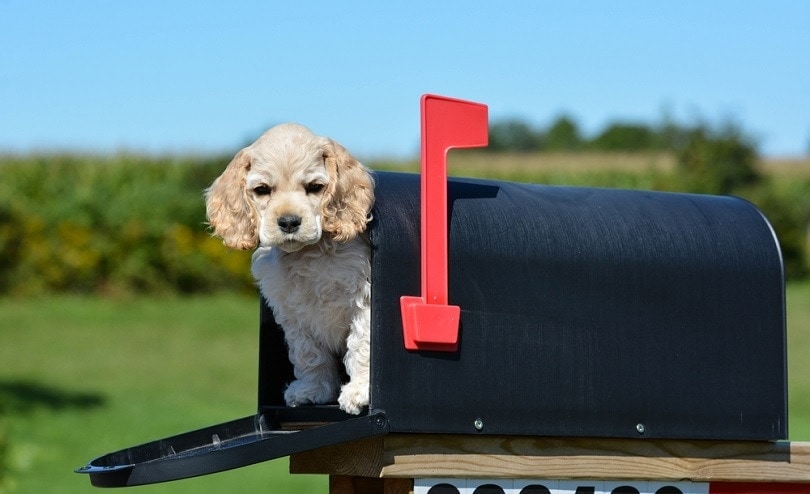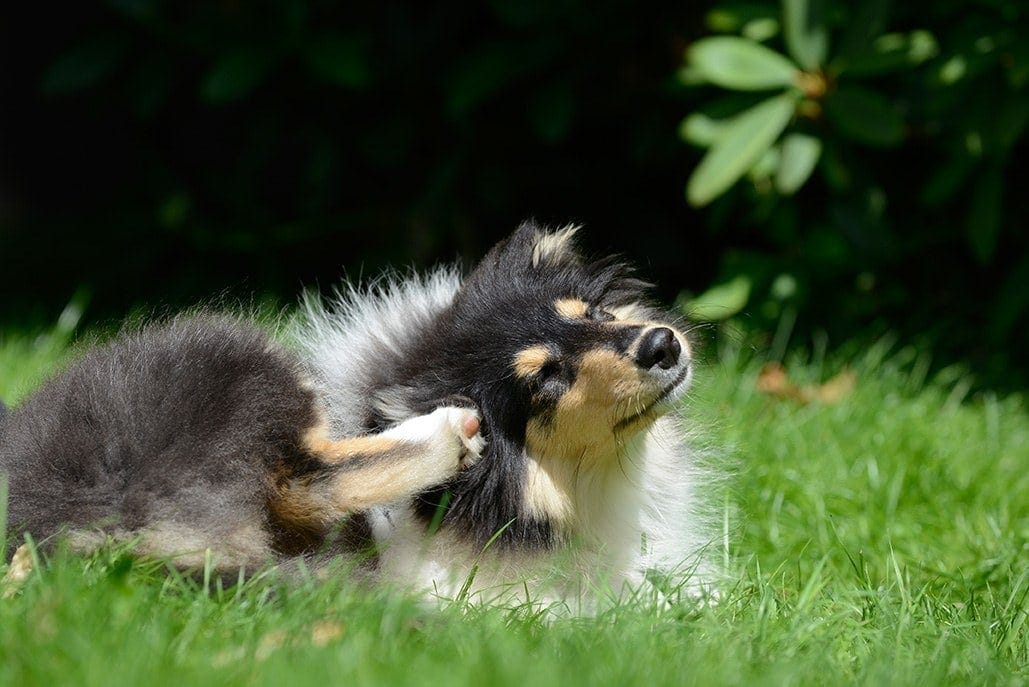There are few things in life as exciting as bringing a new puppy home. Watching the little scamp run around and get into trouble is incredibly fun and rewarding — so much so, you’ll momentarily forget all the trouble that you’ve signed yourself up for.
Perhaps the most stressful realization is how much stuff you’ll need to raise this dog. It may feel like you’re adding a whole new kid to your household — and that’s not far from the truth.
To help make the transition as easy as possible (and ensure that you don’t forget anything important), we’ve put together a helpful checklist of all the things that your new puppy will require to feel at home.
What You Need for a Puppy Checklist
There’s nothing more essential than food and water, so your first thoughts should be about taking care of those vital needs. Here are all the things that you’ll need to keep your dog fed and hydrated.
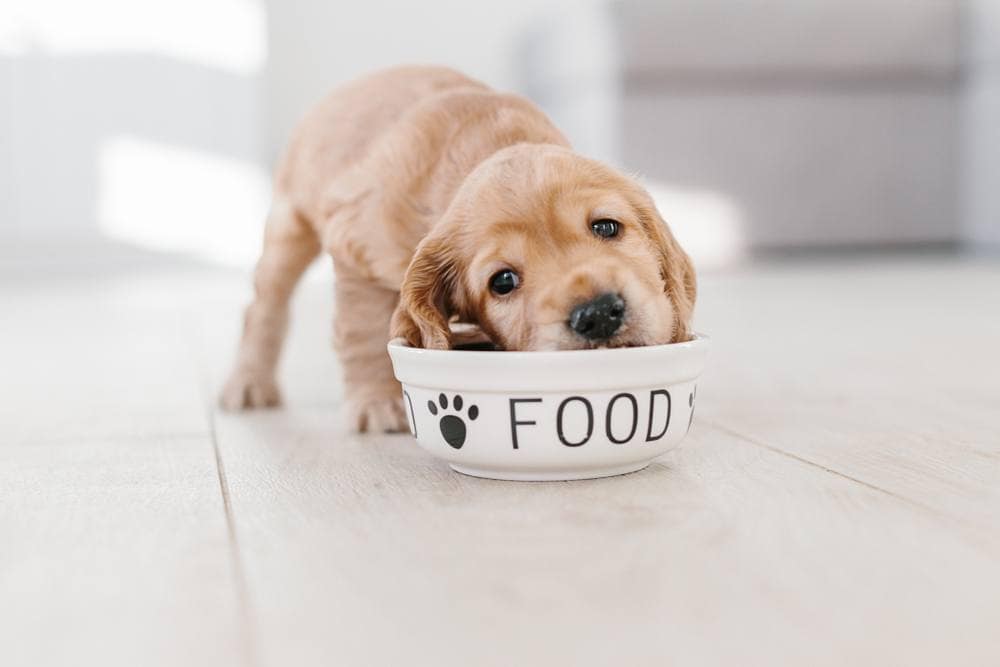
Food and Water
1. Dog Food and Water Bowls
There are quite a few different types of dog bowls to choose from, so this item isn’t as easy to purchase as you might think.
The cheapest option will be a plastic bowl, but if you want something classier, you can always go with a stainless-steel model. Stainless steel is rust- and stain-proof and easy to clean. However, some dogs are allergic to metal, in which case, plastic is the way to go.
Think about whether your dog seems to be a chewer. If you’re afraid that they’ll tear up a plastic bowl, then go with metal or ceramic.
Some dogs, especially larger breeds, can be prone to bloat if they eat too quickly, so you may want to buy a special slow-feeder bowl designed to reduce how quickly they chow down. These also make it more challenging for your pup to eat, which can tax them mentally and reduce the amount of tuckering out that they require.
If you plan to travel or hike with your dog, then a collapsible travel bowl is a good option. These are also good for keeping in their crate.
Food
Picking out a healthy, age-appropriate food is essential. If you can get your puppy started on the right paw, nutritionally speaking, it will go a long way toward setting them up for a long, healthy life.
Going over how to pick a puppy chow can be extremely in-depth, and we don’t have the space for it here. However, you should ask your vet what they recommend and/or check out our recommendations.
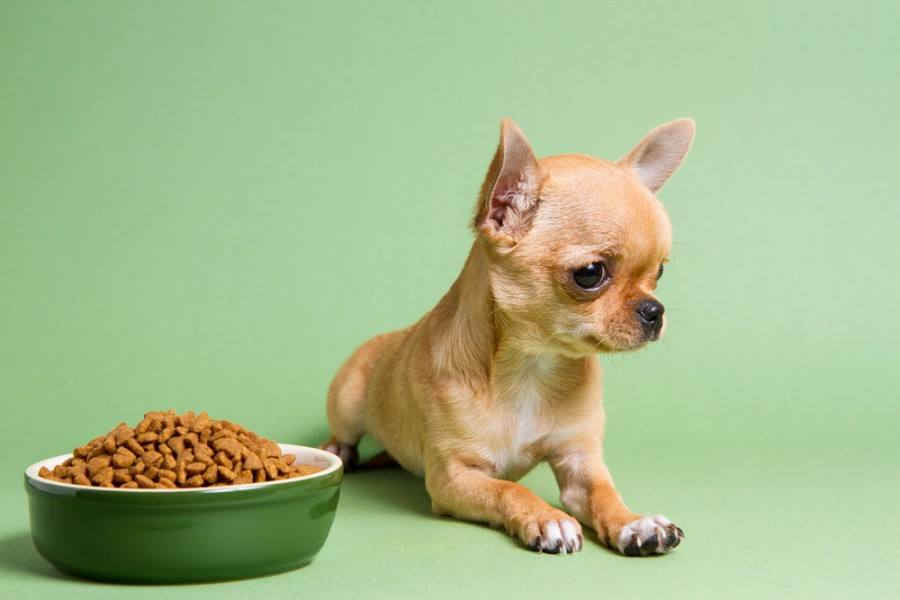
2. Puppy Food Storage
Kibble can go stale if left out, not to mention attract ants or other pests. It’s important to find an airtight container to keep it in between meals.
Make sure the container isn’t something that your puppy can break into, and keep it in an area that they can’t reach. The last thing you want is for your dog to get fat because they’re snacking during the day.
3. Puppy Treats
Treats aren’t necessarily essential, but you want to spoil your dog, right? Try to find something your pup will love that’s still reasonably healthy if you can.
Treats aren’t just for showing love either. They’re also important training aids, and they’ll prove invaluable when housebreaking your new pup.
4. Puppy Treat Pouch
It’s important to access the treats as quickly as you can when training. Having a treat pouch on your belt makes the whole process as simple and stress-free as possible.
 Puppy Waste Management
Puppy Waste Management
While putting material into your dog’s stomach is important, it’s equally important to deal with all the material that comes out of their stomach as well.
5. Puppy Potty Pads
Housebreaking a dog takes time, and you’ll want to make sure your floors don’t get soiled before your dog’s properly trained. Putting down potty pads throughout the house will help.
Pick something thick and absorbent, especially if your dog will spend a great deal of time alone. Also, consider whether your pooch is more likely to use scented or unscented models.
6. Carpet Stain Remover
Even if you set potty pads all over the house, your puppy will have accidents sooner or later. Having an effective stain remover on hand will ensure that your carpet doesn’t retain any permanent reminders of your dog’s miscues.
Be sure that whichever remover you choose also fights odors. Not only will that make your house smell better, but it will also reduce the risk that your dog will revisit that same spot every time that they need to go.
7. Waste Bags
You don’t want to be the dog owner whom everyone in the neighborhood hates, so you’ll want to pick up after your pup on walks. Having waste bags handy will be essential to staying on your neighbors’ good sides.
8. Poop Scoopers
If your dog’s going to be using your backyard, you’ll need to be able to pick up everything that they leave behind. A good poop scooper will make your life much easier (and keep your yard much cleaner).
 Comfortable Accessories
Comfortable Accessories
You’ll want to offer your puppy plenty of comfortable spots to relax in, especially if you don’t want them taking over your bed or couch.

9. Dog Bed
A comfy bed will give your pup a place that’s all their own to stretch out. You’ll likely want a chew-resistant option unless you want to replace it every few days or so.
Keep in mind that larger breeds will need more cushioning, especially if you want the bed to grow with your pup. If that’s the case, buy a bed that’s big enough for your adult dog, not your puppy.
Also, your puppy is likely to have accidents on their new bed until they learn better, so try to find one with a removable, machine-washable cover.
10. Dog Crate
Crates are essential, as they can help with everything from potty training to separation anxiety. You’ll want a crate that makes your dog feel safe — the more like a cave it feels, the better.
Make sure it locks securely as well. If your dog can get out whenever they like, it completely defeats the purpose of having the crate.
11. Puppy Chew Toys
Your new dog is going to gnaw on something. If you don’t want that something to be your shoes or furniture, you’ll want to make sure your dog has plenty of chew toys handy.
These toys also help with separation anxiety, so make sure there are a couple in your pup’s crate.
When picking out a toy, make sure it doesn’t have any parts that could pose a choking hazard if your pup breaks them off. You’ll want to monitor your dog while they chew on the toy for the first few sessions as well.

12. Other Puppy Toys
Puppies have two modes: play and sleep. You’ll want to give them as many things to play with as you can, so it’s important to have a variety of toys.
Fetch toys and balls will help you tucker your dog out, as will puzzle toys. You can also play with your pup with a tug toy, but be sure to watch your fingers, as your puppy won’t know not to bite yet.
Be sure that the toys you bring home are age-appropriate, and again, watch out for choking hazards.
 Puppy Grooming
Puppy Grooming
You’ll want to get your dog accustomed to being groomed from an early age, so it’s important to start the process as soon as you bring a new puppy home.
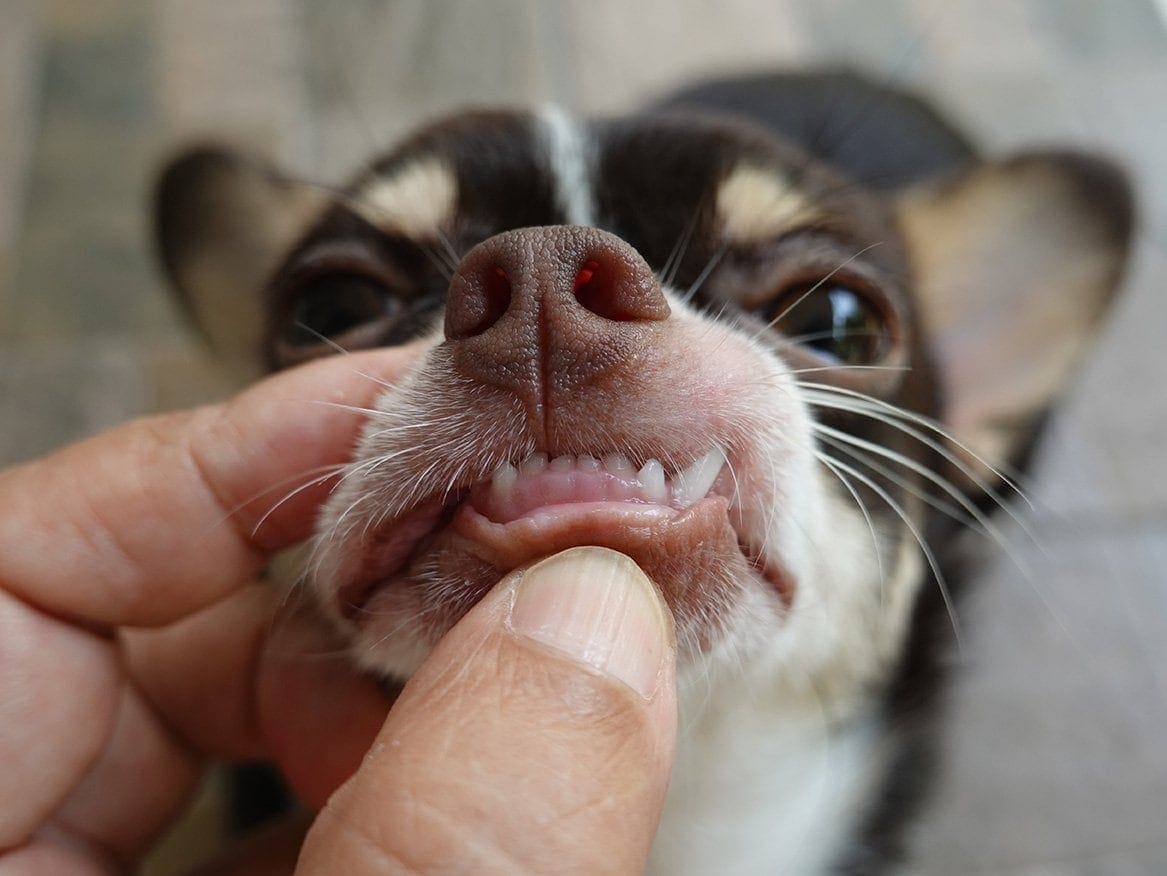
13. Puppy Toothbrush and Toothpaste
Oral hygiene is extremely important, but if you don’t acclimate your pup to the process early on, it can be difficult to get them to tolerate it later.
Buy a toothbrush and toothpaste, and start taking care of their teeth from day one, so they’ll accept it as a normal part of life once they’re older.
14. Puppy Shampoo
Your dog will need baths occasionally, so this is another thing to introduce them to while they’re puppies. A good bath is especially important if you’re bringing home a shelter puppy, as there are all sorts of undesirable germs that you’ll want to wash off your new dog.
You’ll need a gentle, high-quality shampoo. Pick something without overbearing fragrance, and if your dog has signs of skin irritation, you may want to pick something with soothing properties like oatmeal.
15. Dog Grooming Wipes
Sometimes your dog will need a quick touch-up. If they’re dirty, but not enough to require a bath, then a quick once-over with grooming wipes will be a great way to keep your pup fresh and clean.
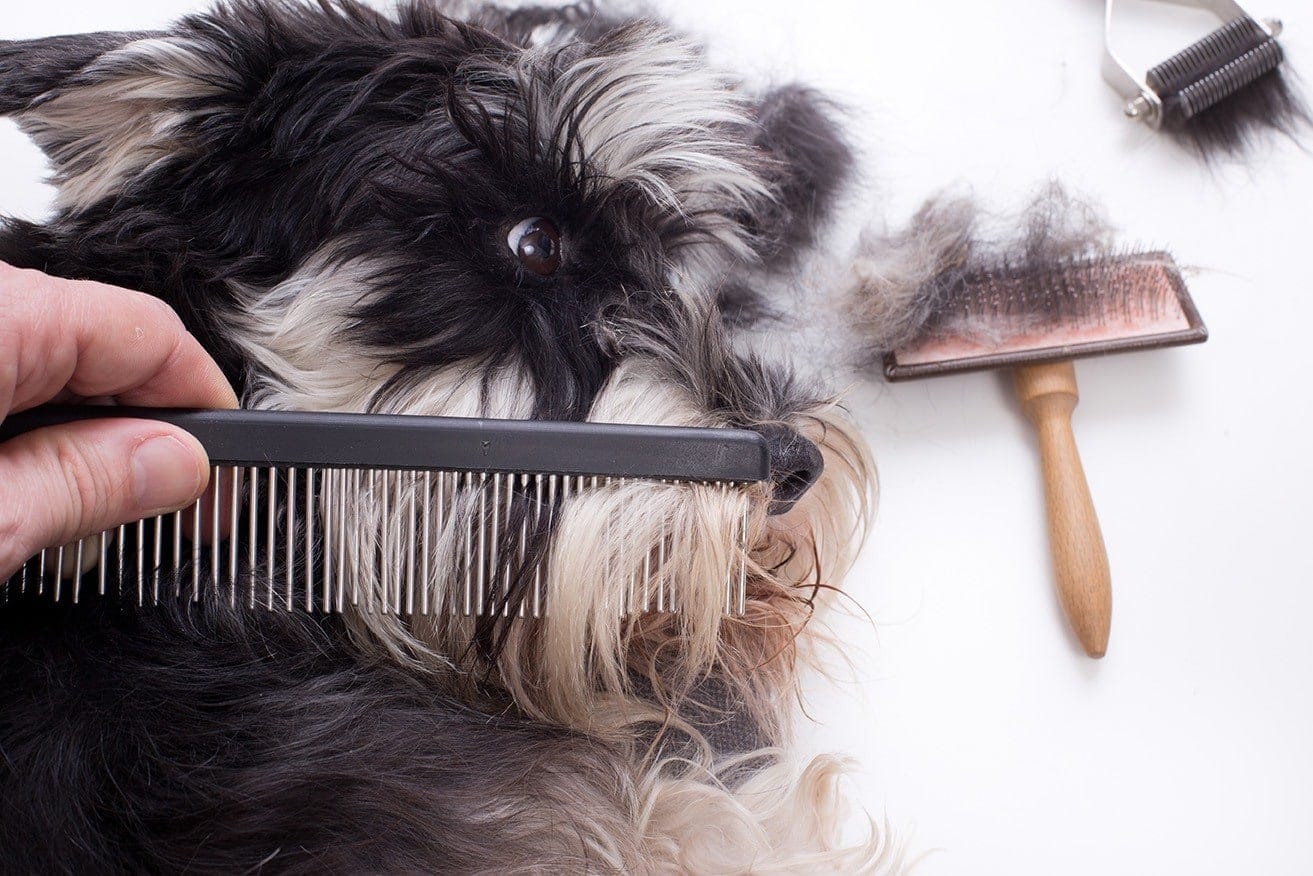
16. Comb or Brush
You’ll also want to teach your dog about the importance of coat maintenance, especially if you adopted a breed that sheds frequently.
Whether a brush or comb is best for this task depends on the type of dog that you have (and the type of fur that they have), but you could always cover all your bases by buying a grooming kit that contains several options.
17. Dog Nail Trimmers
Like brushing teeth, clipping your dog’s nails is important for their health — and like brushing teeth, your dog probably won’t enjoy the process that much.
Get them used to having their paws handled and nails trimmed early, as it’s much easier to trim a puppy’s nails than a full-grown dog’s. To that end, a good set of nail clippers is something that you’ll want to have in your cabinet.
If the process makes you nervous, you can opt for a nail grinder instead. Using a grinder takes longer, but you’re less likely to injure your dog with one.
 Walking Accessories
Walking Accessories
You’ll want to take your dog on regular strolls around the neighborhood, as these are important for potty training, socialization, and just showing off your awesome new puppy to all the neighbors.

18. Dog Leash
A sturdy leash is essential. You want one that gives your dog enough slack to explore, but not so much that they can get tangled up or you lose control over them.
There’s no need to overthink this, as a leash is a leash for the most part. Pick a good nylon or leather option, and you’re good to go.
19. Dog Collar
A good collar is one of the most important things that you can buy for your new pup. Not only does it give you something to attach your new leash to, but it’s also where you’ll keep your dog’s identification.
You can buy something regular and plain or opt for an ornate option instead. The pattern doesn’t matter — just make sure it fits. You should be able to slip two fingers in between the collar and your dog’s neck, but no more (or less) than that.
20. Dog Harness
If you brought home a large breed puppy or you suspect that your dog will be a puller, a harness can give you more control over your pooch. Not only that, but harnesses also tend to be more secure than collars, so you don’t have to worry about your dog breaking free if they lose their minds over a squirrel or something.
21. Dog ID Tags
Despite your best efforts, there’s always the chance that your dog could get lost. Having up-to-date ID tags on their collar gives you the best chance of getting your best friend back if the unthinkable happens.
Tags come in all shapes and sizes, so you can have fun with this. Just make sure it has enough room to contain your pet’s name and your name, address, and phone number.
 Other Things to Think About
Other Things to Think About
There are more things to consider when bringing home a new puppy than just all the gear that you’re going to need. Here are a few other things that you’ll need to think about when adding to your pack.
22. Finding a Vet

If you don’t already have one, finding a vet you like and trust is essential. They can also help recommend any gear you’ll need, so having a good doctor can solve many problems right off the bat.
23. Puppy Vaccines
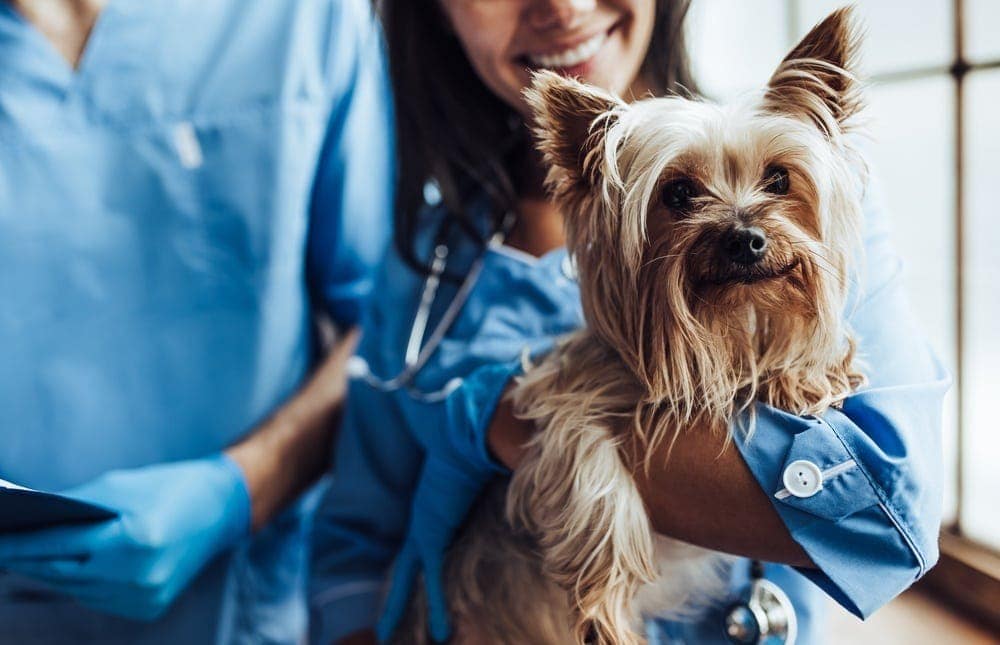
While you’re at the vet, make sure your pooch is up to date on all their shots. There are quite a few diseases that can kill puppies, but most of them are preventable if your dog gets vaccinated on time.
24. Dog Microchipping
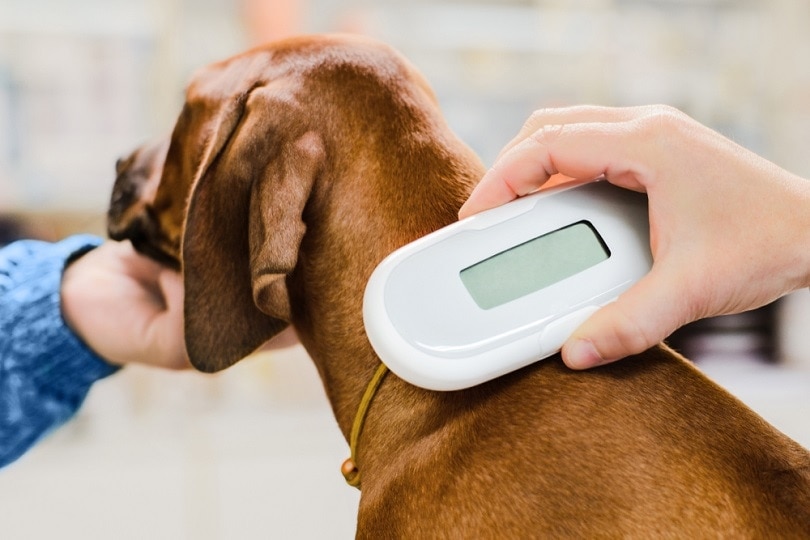
You haven’t left the vet’s office yet, right? Good. Ask your doctor to microchip your puppy as well. A microchip is like an ID tag that can’t fall off, making it a great way to ensure that your lost dog comes back to you eventually.
25. Finding a Walker and/or Sitter
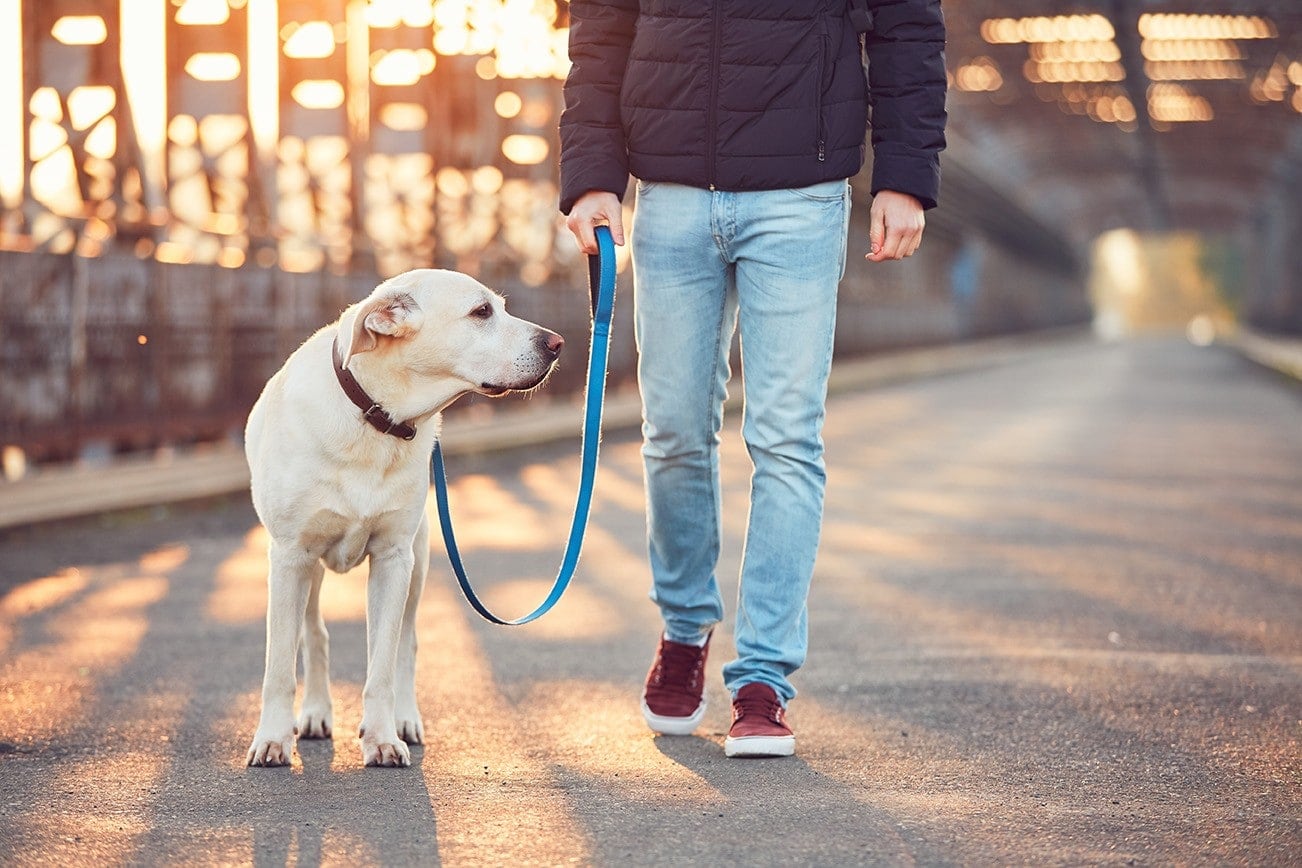
Chances are that you won’t be able to spend as much time with your new pup as you’d like, so it’s essential that you find someone who can pick up the slack when life gets in the way. A trustworthy walker or sitter can make all the difference if you have to work late or want to go on vacation.
26. Pet Insurance
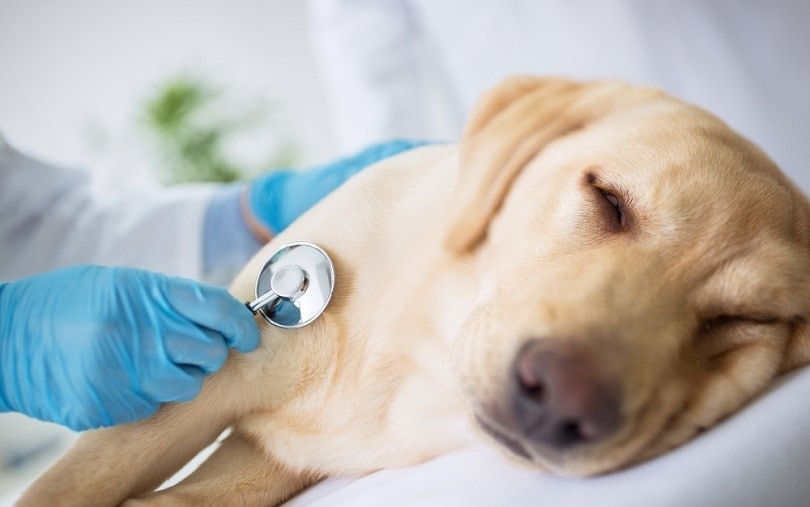
This one’s optional, but you should at least consider insuring your new puppy, especially if it’s a breed that’s prone to health problems. If you opt against insurance, you should start setting money aside to handle any unforeseen emergencies.
 Are You Ready for a Puppy?
Are You Ready for a Puppy?
We hope that this checklist has made it easier for you to prepare for adding a new member to your pack. The idea is to take as much stress off you as possible, so you can sit back and enjoy spending time with your new puppy.
A word of warning, though: There will always be something that you missed, so expect to make a few mad dashes to the pet store before things are all said and done. The good news is, you can take your new puppy with you — it’s a great way to socialize them, and it gives you an opportunity to show the world how awesome your dog is.
Featured Image Credit: 3194556, Pixabay

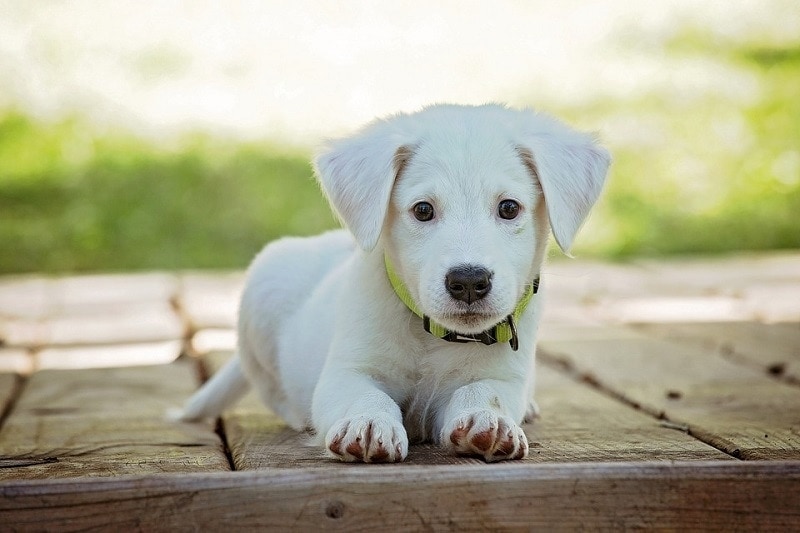

 Puppy Waste Management
Puppy Waste Management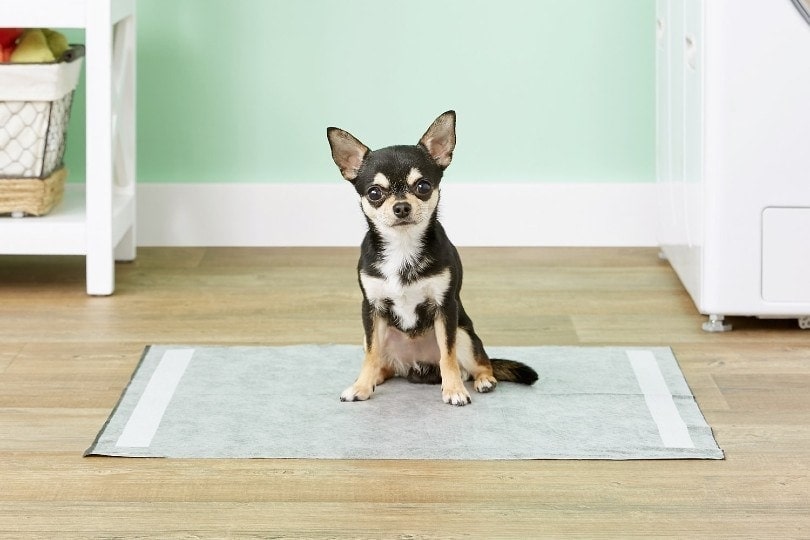
 Comfortable Accessories
Comfortable Accessories Puppy Grooming
Puppy Grooming Other Things to Think About
Other Things to Think About Are You Ready for a Puppy?
Are You Ready for a Puppy?
